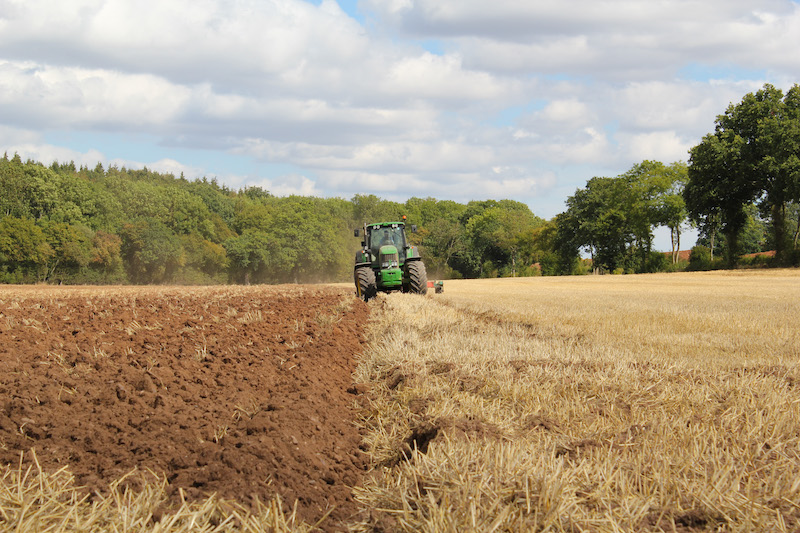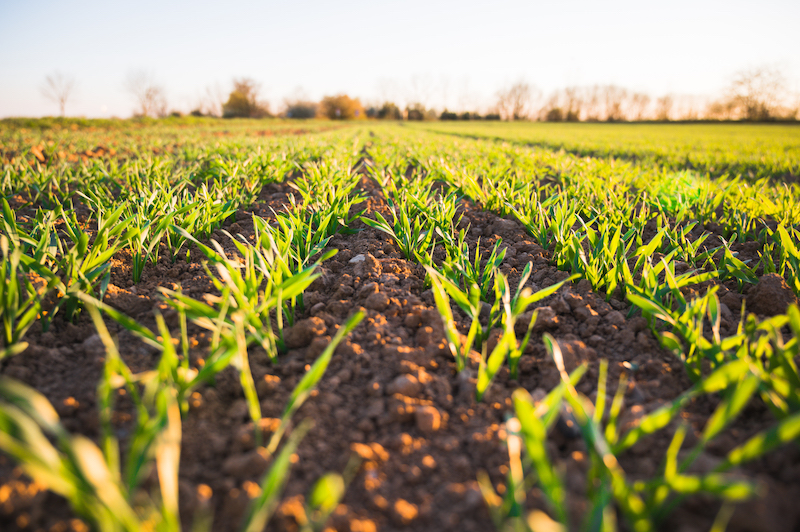
The Positive Effects of Farming Automation
Farming is no easy task. From planting to harvesting, several steps need to be taken for a successful crop.
While farming may seem like a simple process, many farmers still find themselves spending more time within their fields, rather than with their families at home.
Fortunately, modern technology is making it possible for farmers to spend less time on the farm and more time with the people they love.
The use of automation has been on a steady rise in the farming industry. More and more farmers are incorporating automation devices into their daily tasks to make their jobs easier, more efficient, and to increase the amount of output they get from their labour.
What is Farm Automation?

Farm automation is the use of agricultural machinery, chemical sensors, computer systems, electronics, and data management to reduce the need for human labour in equipment operation and decision making. The presence of farm automation systems has been a welcomed innovation.
What Technologies are Being Used for Farm Automation?
- Harvest Automation
- Autonomous Tractors
- Drones
- Seeding and Weeding
Pros of Farming Automation
Reduction in the Cost of Production
One of the most important benefits of farming automation is the significant cost reduction. When farmers undertake the task of farming manually, they need to pay several employees to do the work for them.
With automation, the entire production process can be computerized and this is done automatically. As per hsautomation.com/bag-automation, this reduces the human efforts and cost of production substantially.
Farming is one of the most important industries on our planet. Billions of people around the globe rely on farming for their livelihood. Our way of life is mainly dependent upon farming.
The livelihood of farmers needs to use farming automation systems and tools for improving their productivity. Through the usage of automatization, farmers can improve their productivity with less time investment in this process.
Data-driven Guidance
Data-driven guidance is one of the most promising areas of application for automated technologies. If we apply data-driven guidance to cultivation, the robot (automated technology) will base its actions on historical test data.
For instance, when a plant develops some sickness, the robot can make a decision based on what the soil looks like and if the same plant had been planted in the same way at a different time, it gives you predictions and observes trends.
Improved Safety
An important positive on farming automation is in regards to safety. These machines can work for long hours and in dangerous situations without being affected by rain, sleet, snow, or any other adverse weather conditions. This means that farmers will see a reduction in injuries, which will likely result in lower costs as well.
Digital Pasture Management
Using GPS-enabled ear sensors, cattle farmers can better maintain their grasslands, move livestock efficiently for rotational grazing, and instantly solve problems. Although livestock tagging has previously been the industry norm, electronic tagging is more simple and makes it easier to find and control livestock remotely.
The rancher only needs to scan the tag with the reader, and their device will pop open with all the information they may need about that specific animal. It’s simpler than reading a visual tag or tattoo label.
Smart Irrigation
When it comes to setting up a new irrigation system, sensors are placed throughout the farm and read by a central computer. Based on those readings it can determine how much water to allocate to each section of a farm. An automated irrigation system can favourably affect your farm yield as well as labour costs.
Consumer Benefit
People don’t pay for the machine, they pay for the products it makes. Automation could reduce prices and increase the availability of products, lowering the costs of consumer goods. This is because a typical caveat for farmers who use tractors is that they have to pay for the tractor (cost of machinery) and human labour as well.
The economies of scale brought about by machines would result in more efficient production techniques which would then bring about cheaper pricing for products.
Reduced Environmental Footprint
By scaling back the number of labourers needed for each farming task, farmers are allowed to focus their attention on those aspects that require the most focus and attention. By reducing this labour pool, farmers can reduce their overall environmental footprint, both in terms of resource consumption as well as pollution generation.
Machine automation has received a lot of mixed feedback from people. Some see it as a way to free people from difficult or dangerous jobs, which will lead to a solution for an impending unemployment crisis, while others believe the use of automation and machines is destroying the economy.
The truth is probably somewhere in the middle, and there are ways we can harness automation and robotics to improve our current problems with farming.
